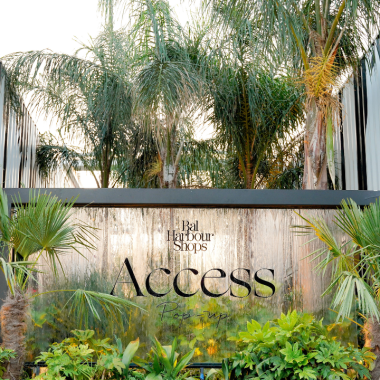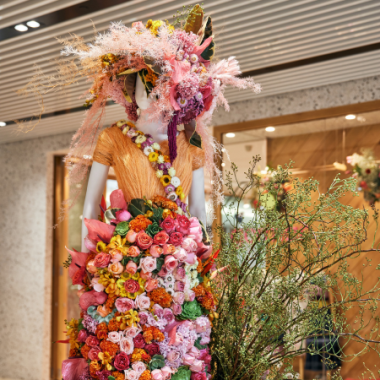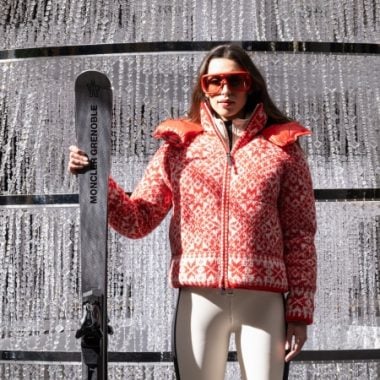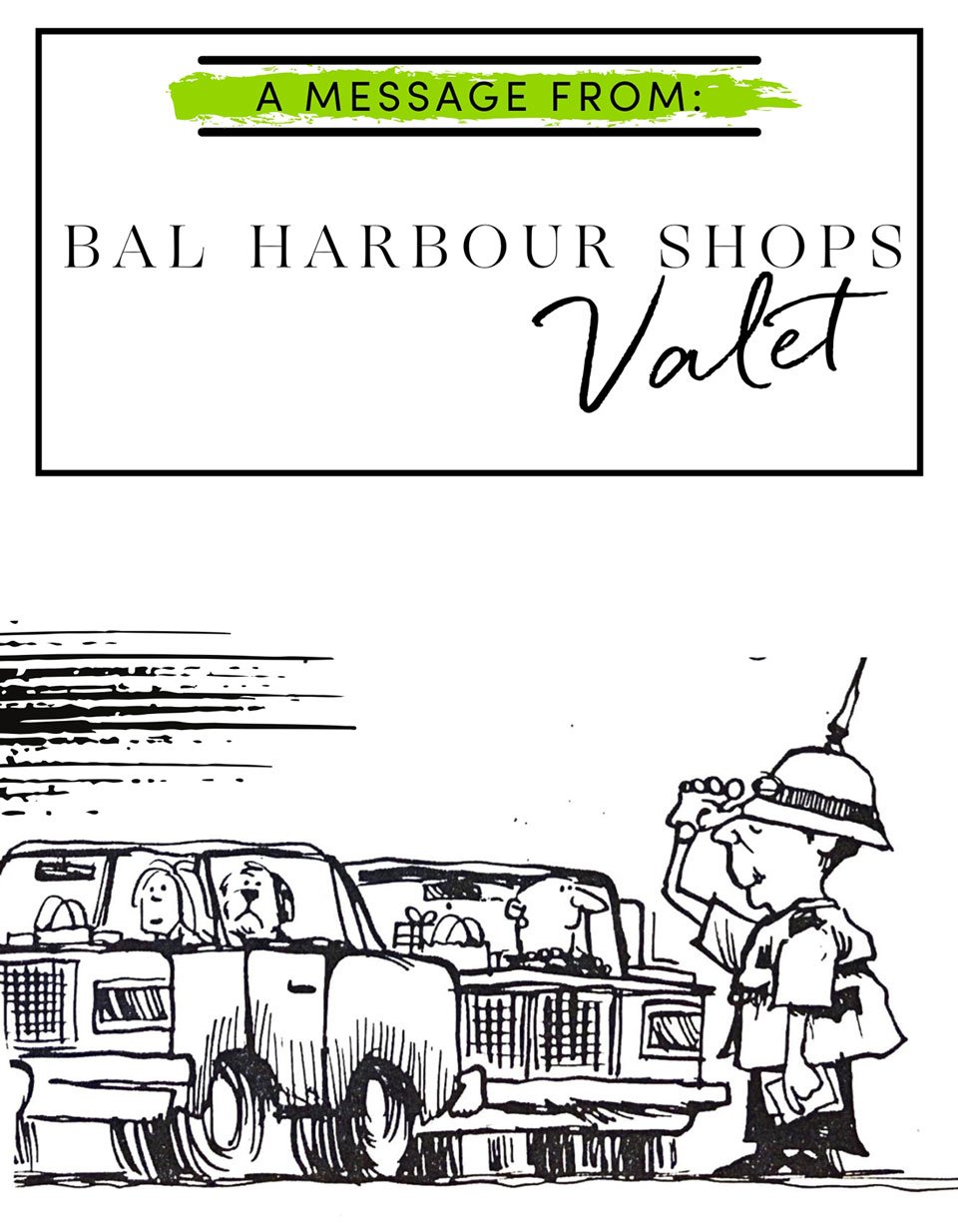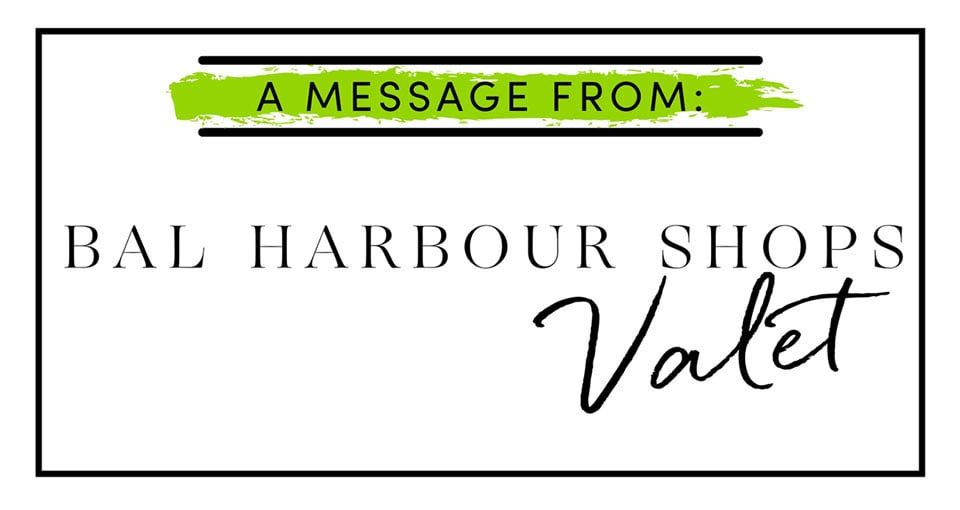
Windstar Cruises’ Wind Spirit, a classic sailing yacht seen here sailing in French Polynesia.
Jules Maury spent a year of her life sailing around the South Pacific, retracing the route of HMS Bounty Commander Captain Bligh in a Swan 65. “It was one of the most romantic boats out there, and still is today,” she swoons, recalling how she and her then-boyfriend would glide around the Great Barrier Reef, up to Tonga and Fiji, pausing at far-flung spots like the uninhabited Palmyra atoll. Today, Maury helms ultra-luxury travel specialist Scott Dunn Private, and is finding that experience helming a sailboat more useful than ever: her yacht-chartering clients are increasingly opting for an old-fashioned vessel, complete with mast and rigging, over slickly designed Riva types. Take the C-suiter whose vacations she has long planned, and who insisted that his summertime trip this year be on such a boat: “He said he wanted to hear the wind cracking through the sails, and then see the sunset through them,” Maury explains. “It’s the romance of it all.”
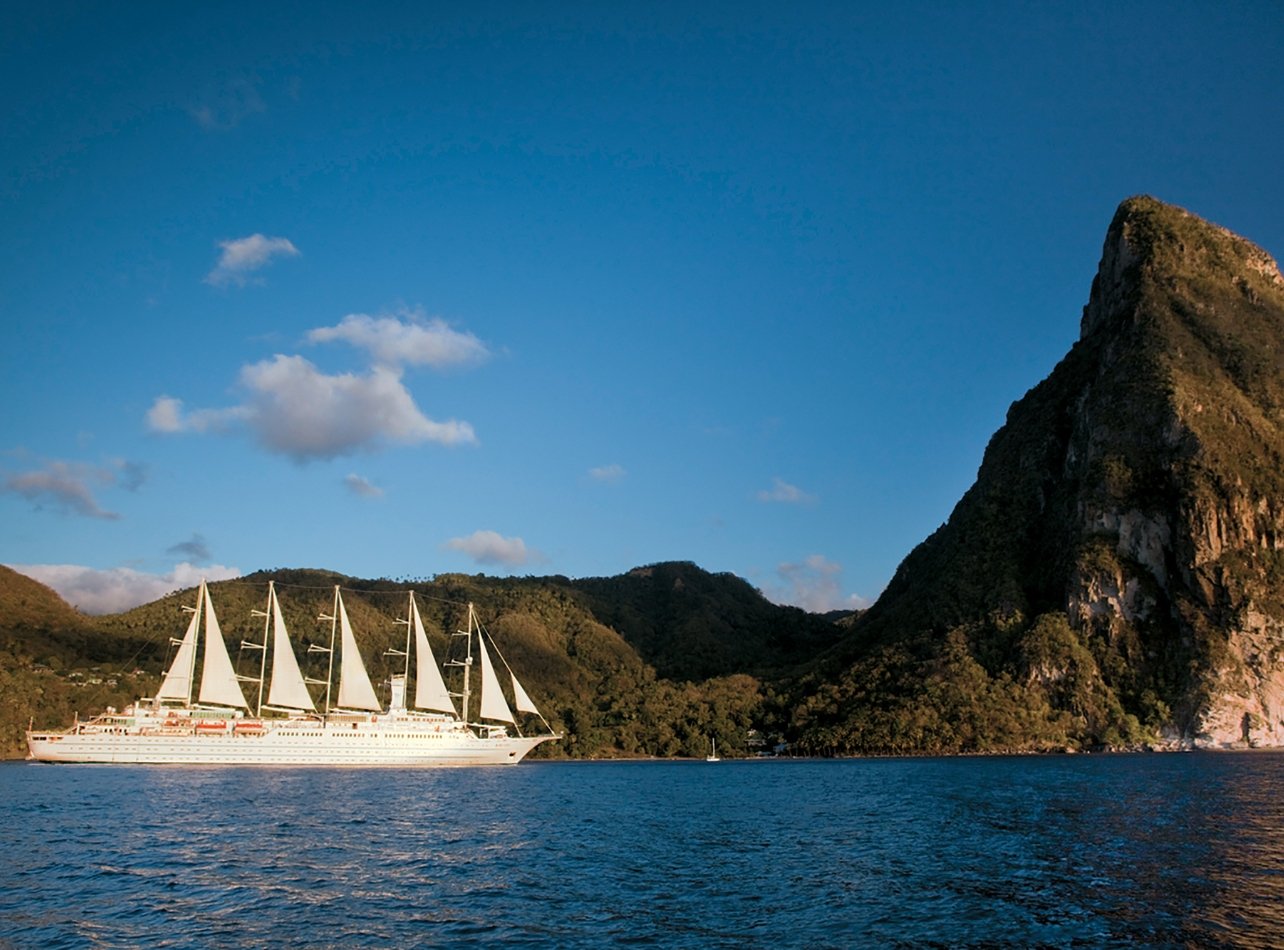
Wind Spirit anchored off St. Lucia. This motor sailing yacht carries only 342 guests.
That particular client isn’t alone. In the pandemic’s wake, there’s been a surge in travel by water, be it chartering or cruising. The National Marine Manufacturers Association saw boat sales hit a 13-year high in 2020, while the global yacht charter market was projected to grow from $6.83 billion that same year to $10.82 billion by 2027, or a compound annual growth rate of 6.6 percent. In the cruise sector, PortMiami, the largest in Florida, set a record for passengers served over the twelve months to September 2023—at 7.3 million people, it was 7 percent higher than the previous record tally, set in 2019. But there’s more to this story than sheer numbers: the enthusiasm for trips like these has given a particular boost to the elite niche of sailboating, which has found renewed cachet among those looking for more sustainable ways to embrace slow travel. Scott Dunn Private, for example, has seen a 25 percent increase in requests for sailboat charters compared with 2019 or earlier.
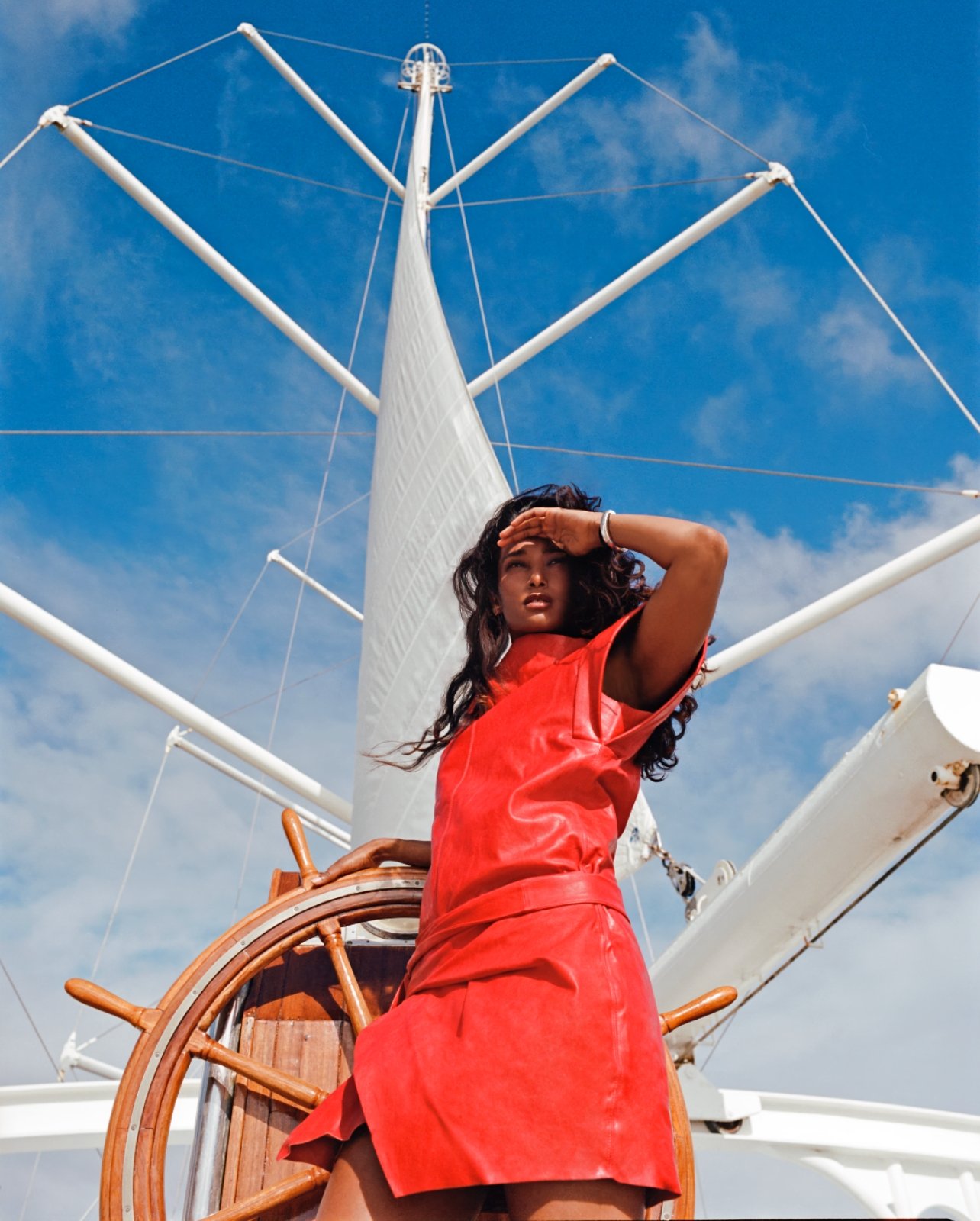
Model Nidhi Sunil wearing Isabel Marant aboard Wind Spirit. Photo by Bradley Ogbonna; styled by Beverly Nguyen.
There are multiple reasons behind this shift. “The owners who buy and sail and charter sailing yachts are by far the most passionate,” says Francesca Webster, editor of Superyacht Times. “They don’t do it for the prestige of having the biggest boat in the marina, but for the joy of being under sail. It’s a very old-fashioned industry.” Webster herself has crewed on such vessels, and points to the connection they offer to the environment, a sense of engaging with your surroundings more than a sleek oversized superyacht might afford. It’s not just that they rely on wind power, but also that their shallower drafts put the boats closer to the water: for anyone on board, it’s a far more intense and thrilling way to crest the waves. There’s an environmental upside to sailing like this, of course, but it’s also a chance to pause and reflect. “Since the pandemic, we’ve seen a massive transition in owners who want to spend more time on board and be more in tune with their environment. It’s about slow travel,” she adds. The shallow drafts, of course, also allow easier access to a wider variety of destinations, like the Greek islands. “They’re so close, and you can sail between them in a matter of hours, really exploiting the natural propulsion of the winds to island-hop. But many of the islands also have very shallow waters around them, tighter bays where superyachts might struggle—but not the sailboats.”
Scott Dunn Private’s Maury agrees. She’s watched formerly land locked clients swap out a five-star hotel stay for a week or more on a yacht, especially skittling between the Cyclades or French Polynesia. “They want to actually sail, but they don’t want to be hands-on involved, not physically doing it,” she explains, noting that the surge in tourism after the pandemic has only made sailing more appealing, as it unlocks the harder-to-reach spots.
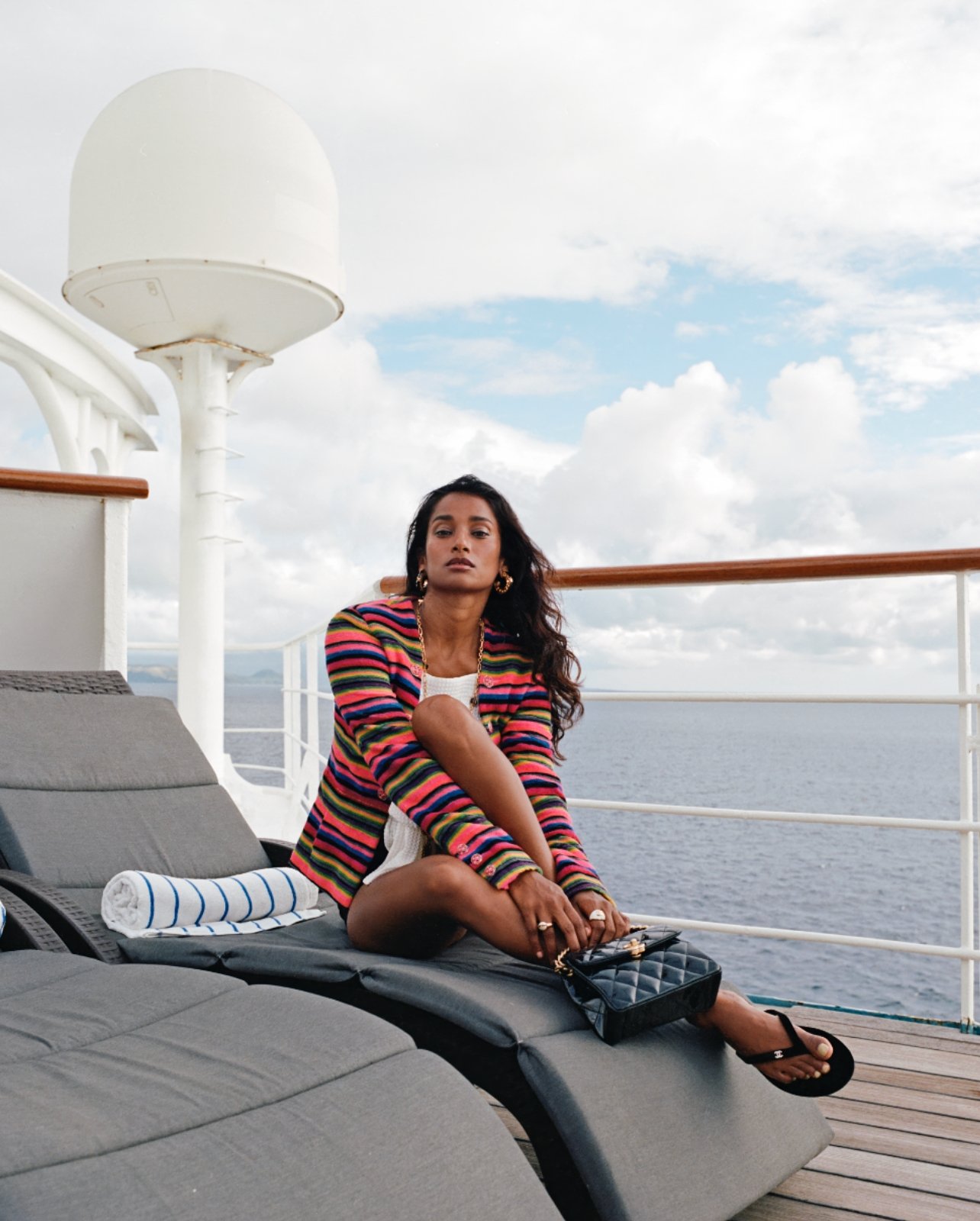
Model Nidhi Sunil wearing Chanel aboard Wind Spirit. Photo by Bradley Ogbonna; styled by Beverly Nguyen.
It’s also an ideal option for multigenerational getaways, where family members combine vacations and reunions, Maury notes—a trend that sailboat specialist Windstar Cruises has also seen. Its sail-powered ships, which range in capacity from 148 to 386 passengers, are increasingly being commandeered for charters, which allows whoever rents the yacht-style ship to personalize every aspect of the journey, from ports to catering. “The wealthy are all spending so much to try to outdo each other,” says Windstar Chief Commercial Officer Janet Bava. “They might be spending $1 to 5 million on a wedding, for one six-hour evening, but guess what? That’s what it costs for an entire week with us to make your wedding an experience.”
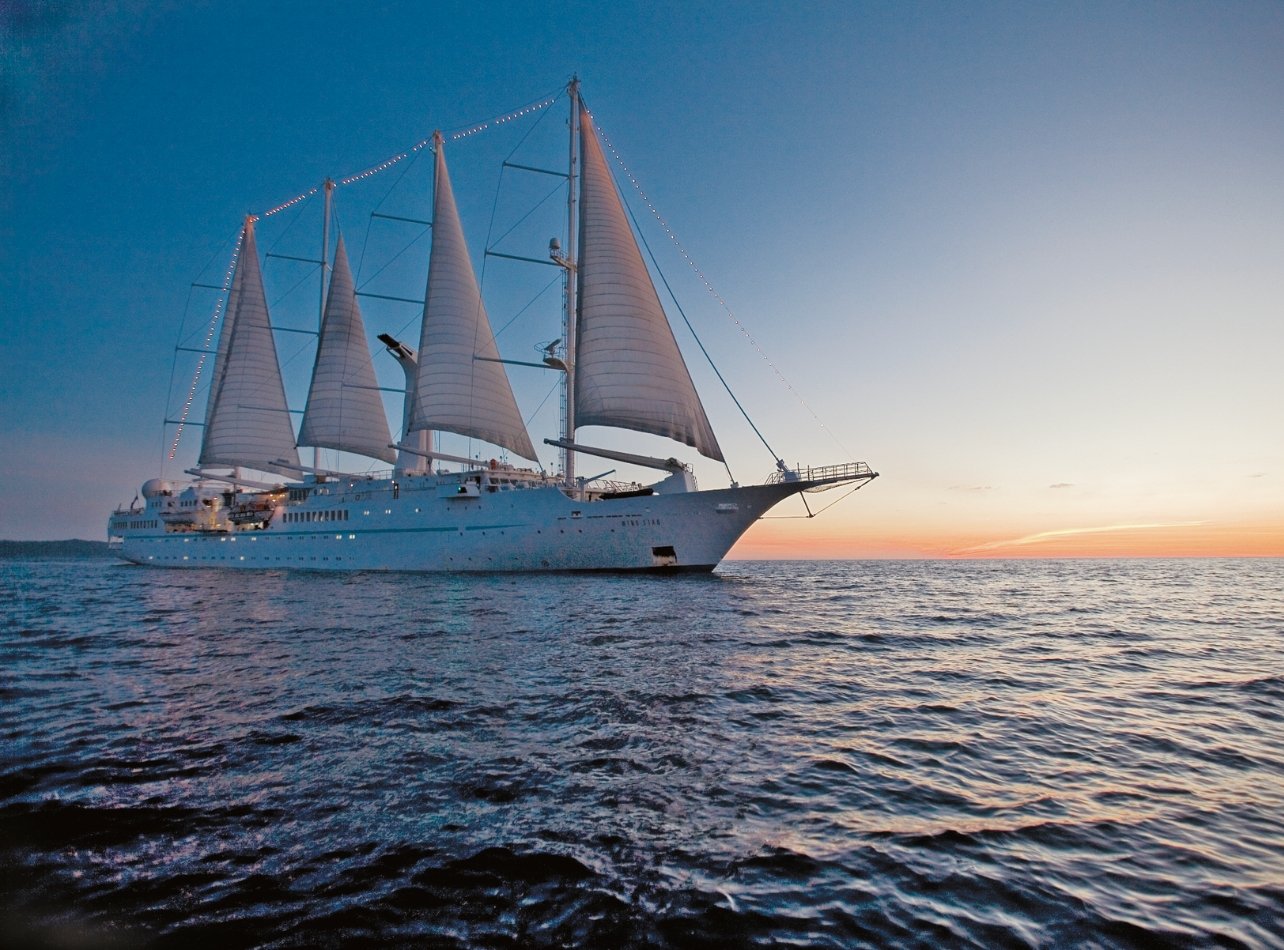
Wind Star carries only 148 guests on scenic sailings around the world.
The return to sail that charter specialists and agents like Maury have observed is reflected in Windstar’s clientele, too: its sailboat passengers, per Bava, have a repeat rate of just over 44 percent, far higher than rival lines without such old-school vessels. They’re also a younger crowd than cruise lines typically attract: the average age of a Windstar sailboat guest is just 45. “There’s a mindset more than a demographic that comes on a sailboat,” she continues, “Someone who wears tuxedos and suits in their everyday life will be in the most casual attire—they don’t want to be recognized, but valued and serviced, so they can relax.”
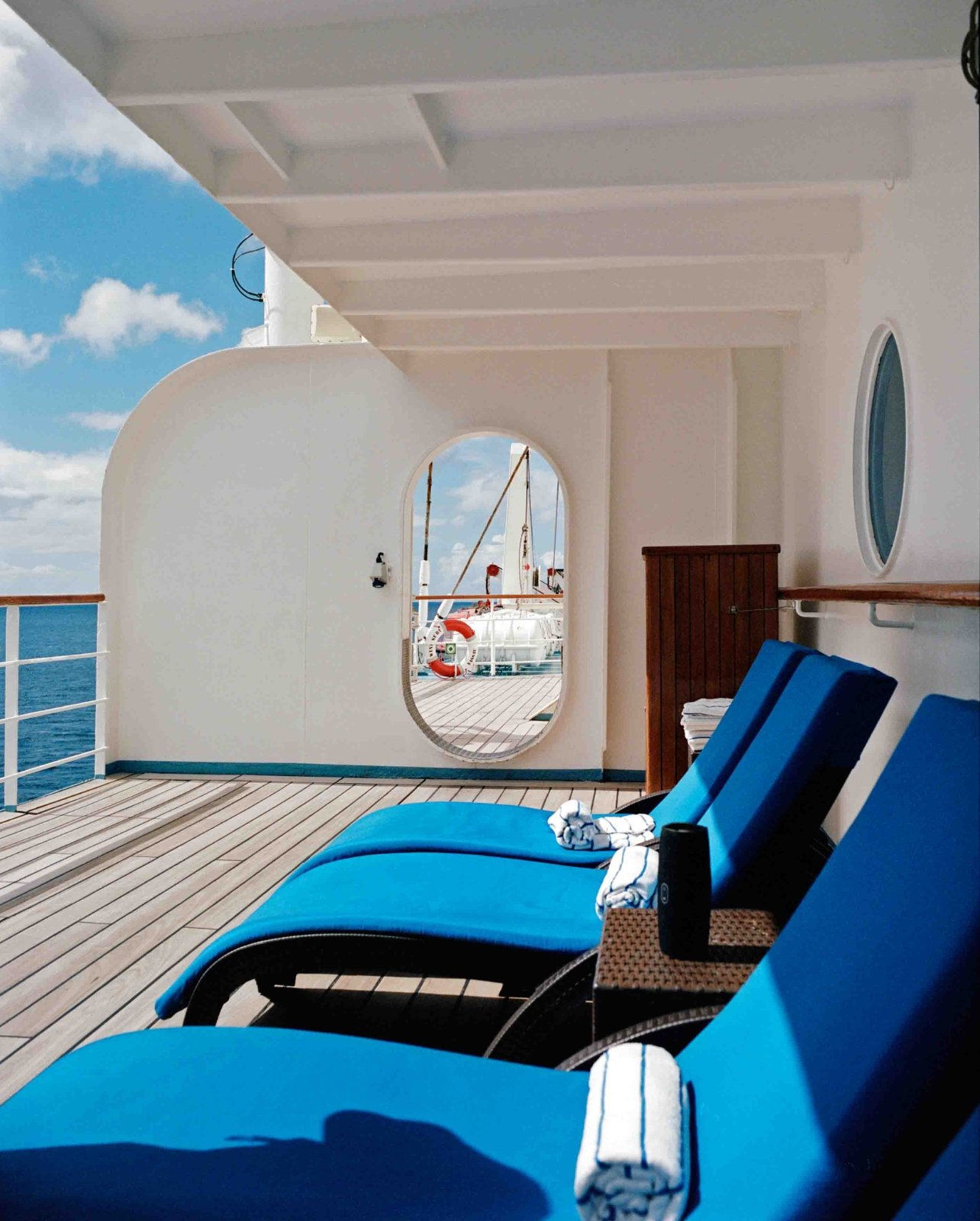
Relax and unwind aboard the Wind Spirit.
Perhaps that’s the biggest driver behind the return to sail: that vessel is simultaneously a luxe perch and a place where status isn’t central, a chance to feel both anonymous and adventurous. “I’ve always loved the idea of the sailing boat,” says Maury, caught in a moment of reverie. “Imagine sitting under the beautiful stars and a velvet sky out on the deck with a fresh-caught crayfish—everything tastes better cooked outside—and a chilled Puligny Montrachet, with the boat gently rocking?” She pauses to sigh. “It’s seventh heaven.”

